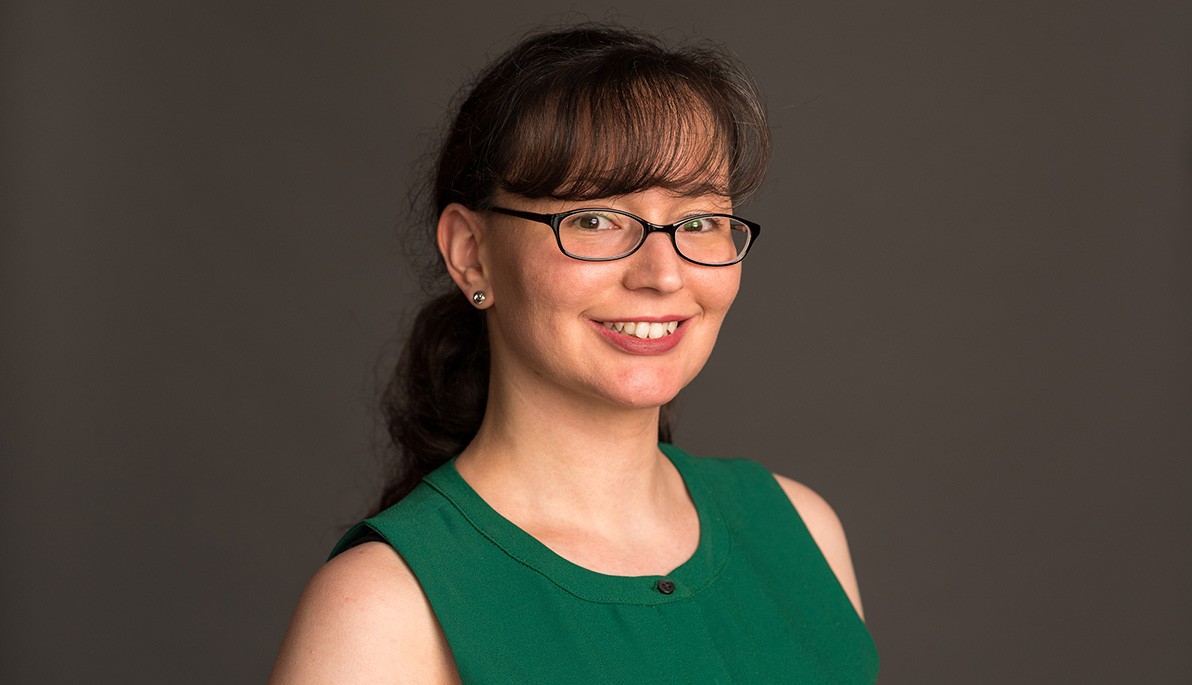News
Women’s History Month: How Far We’ve Come
March 15, 2023
In honor of Women’s History Month, Assistant Professor of Behavioral Sciences Nicole Calma-Roddin, Ph.D., looks back on her role models, how far gender equality has come, and how far we have to go.
When I was a child, I was obsessed with women’s history. I think I read every book in the school library about the women’s rights movement throughout history, especially the women’s suffrage movement. In my everyday life, I saw discrepancies between how women’s sports were treated compared to men’s sports and how the efforts of well-meaning teachers trying to promote chivalry were often instead interpreted as a message that girls weren’t as strong or capable as boys.
At the same time, I was blessed to see female role models everywhere. In my reading, I learned about historical figures like Marie Curie, Harriet Tubman, and Shirley Chisolm. I witnessed strength, compassion, and independence in my mother and grandmothers. For entertainment, I read about fictional girls, like American Girl Historical Characters Samantha Parkington and Josefina Montoya, and watched Star Trek’s Dr. Beverly Crusher and Deanna Troi boldly go where no man (or woman) had gone before.
When I grew up, I didn’t think twice about wanting to pursue science as a career. While I typically felt encouraged in this pursuit, I was aware that not everyone saw women in STEM (science, technology, engineering, and math) fields as the norm. I remember vividly one time when I was a graduate student presenting my research at an academic conference in 2015. The conference was taking place in a big hotel in a major city, and I stopped at a convenience store in the hotel to pick something up after my poster session. While paying, the male clerk asked a question that he probably asked everyone: “Are you visiting for vacation or business?” I told him that I was visiting for the conference that was going on. His face turned to surprise and disbelief as he asked, “Are you a scientist?” It was a positive interaction, but it was clear that I was not what he expected.
We’ve come a long way, and many feel we’ve reached gender equality, but statistics show that this is not the case. While there’s been a big push for women in STEM fields, women are still severely underrepresented in fields such as computer science and engineering. Similarly, women currently make up only 28 percent of the U.S. Congress. This percentage is celebrated as a record high, although this is much less than what we should expect given the proportion of women in the country. And women are still paid less than men. As I write this we approached Equal Pay Day (celebrated on March 14), a date that “symbolizes how far into the new year women must work to earn what men earned in the previous year,” although this is a slightly deceptive name as that symbolic date is actually much later in the year for women of color.
To me, Women’s History Month is a celebration of what women have done and what we’re still doing. It is a reminder of the obstacles we’ve overcome and the mountains we’re still climbing.
May we look back and be inspired by the examples of the women who came before us. May we look ahead as we envision and work towards a more just and equitable world. And may we look around us to see, support, and celebrate the women in our everyday lives.




